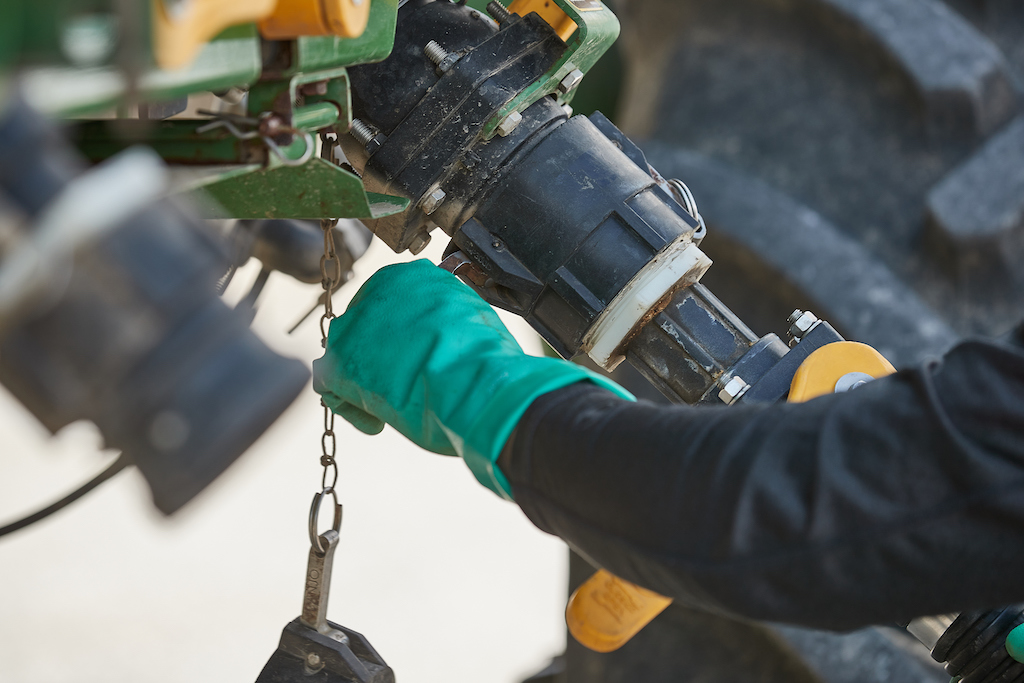Harness Herbicide
HerbicideHarness® herbicide is a straight goods formulation of acetochlor that is labeled for use in corn, miscanthus and other non-food perennial bioenergy crops. This product offers consistent, season-long performance against grass and small-seeded broadleaf weeds. Harness can be applied preplant, pre-emergence and early postemergence (up to 11-inch corn), providing greater flexibility and more options for growers. It requires less moisture to activate and provides unsurpassed rotational flexibility.
Approved In
AL, AR, CO, CT, DC, DE, GA, HI, IA, ID, IL, IN, KS, KY, LA, MA, MD, ME, MI, MN, MO, MS, MT, NC, ND, NE, NH, NJ, NM, NV, NY, OH, OK, PA, RI, SC, SD, TN, TX, UT, VA, VT, WI, WV, WYLabels / Safety Data Sheets (MSDS)
